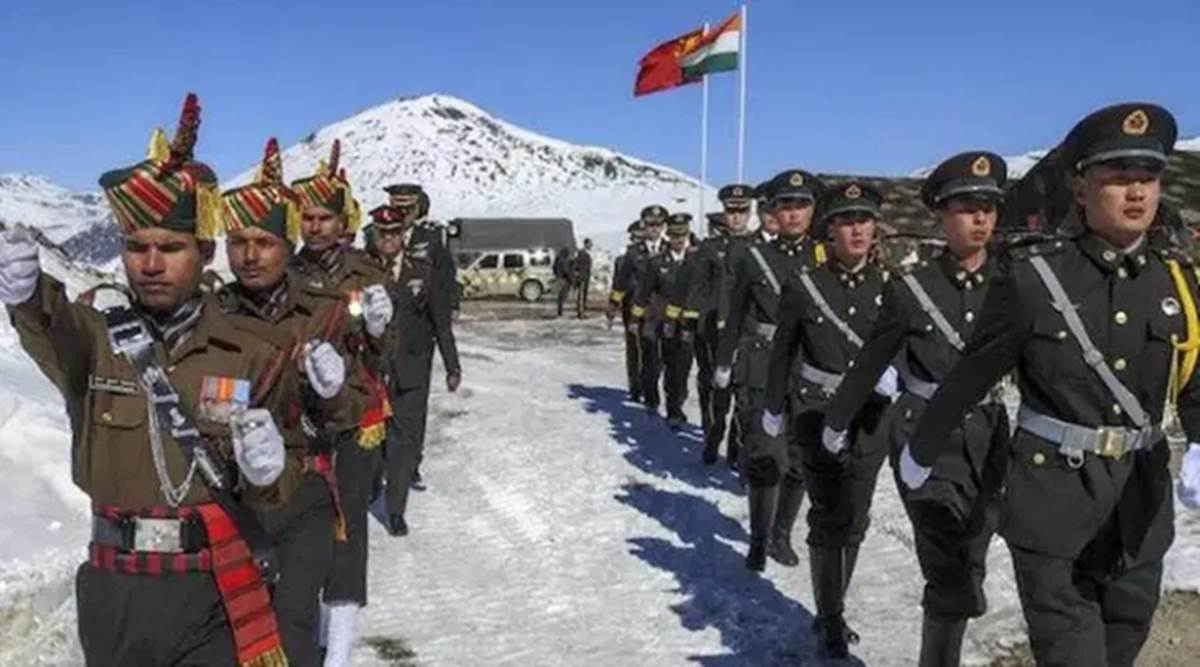
SOURCE: ENS
EVEN AS the armies of both sides prepare to dig in for the winter, with no sign of any major breakthrough in border talks, the seventh meeting of senior military commanders of India and China will take place on October 12 in a fresh bid to find a resolution to the five-month standoff in eastern Ladakh.
For India, it will be the last time that Lt General Harinder Singh, the XIV Corps Commander who led the first six rounds of discussions, will be a part of the engagement. His one-year tenure comes to an end on October 14 following which he will take charge of the Indian Military Academy (IMA).
Lt General P G K Menon, who will take over from Singh, was part of the last meeting of Corps Commanders on September 21 and will be present at the latest round too. The previous meeting on September 21 was also the first since May in which a diplomat was present from the Indian side — Naveen Srivastava, Joint Secretary (East Asia) in the Ministry of External Affairs.
Srivastava has been representing India at the Working Mechanism for Consultation and Coordination on India-China Border Affairs (WMCC), which has met five times since May. At its previous meeting on September 30, the WMCC had decided that the next meeting of Senior Commanders “should be held at an early date so that both sides can work towards early and complete disengagement of the troops along the LAC (Line of Actual Control)…”
The Chinese delegation has so far been led by Major General Liu Lin, commander of the South Xinjiang Military Region. In a joint statement after the last meeting, the two sides had agreed to not escalate the situation on the ground and “earnestly implement the important consensus reached by the leaders of the two countries”.
China and India have hardened their stances since September 21. China had said last week that it does not recognise the new Union Territory of Ladakh, and that it is opposed to India building infrastructure there “for military control purposes”. China had also stated that the “China-India border LAC is very clear, that is the LAC on November 7, 1959”.
Reacting sharply, the External Affairs Ministry had stated that India has “never accepted the so-called unilaterally defined 1959 Line of Actual Control”, and that it is “untenable”.
Even after five rounds of WMCC talks, six rounds of discussions between Corps Commanders, and meetings between the defence and foreign ministers of both sides, no further disengagement and eventual de-escalation is in sight.
India and China have around 50,000 troops each in the region, along with additional artillery, tanks and air defence assets.
India wants troops from both sides to move back to their positions of April-end. And while India has been demanding a resolution for the situation in eastern Ladakh, China has insisted on first resolving the situation in the Chushul sub-sector. At several points on the Finger 4 ridgeline on the north bank of Pangong Tso, and on certain heights in the Chushul sub-sector, Indian and Chinese troops are barely a few hundred metres apart.
The temperature in some of these areas has already started dipping to -10 degree Celsius, and as the winter will start setting in soon, both sides will have to relook some of the positions where troops are positioned at heights of over 16,000 feet.






